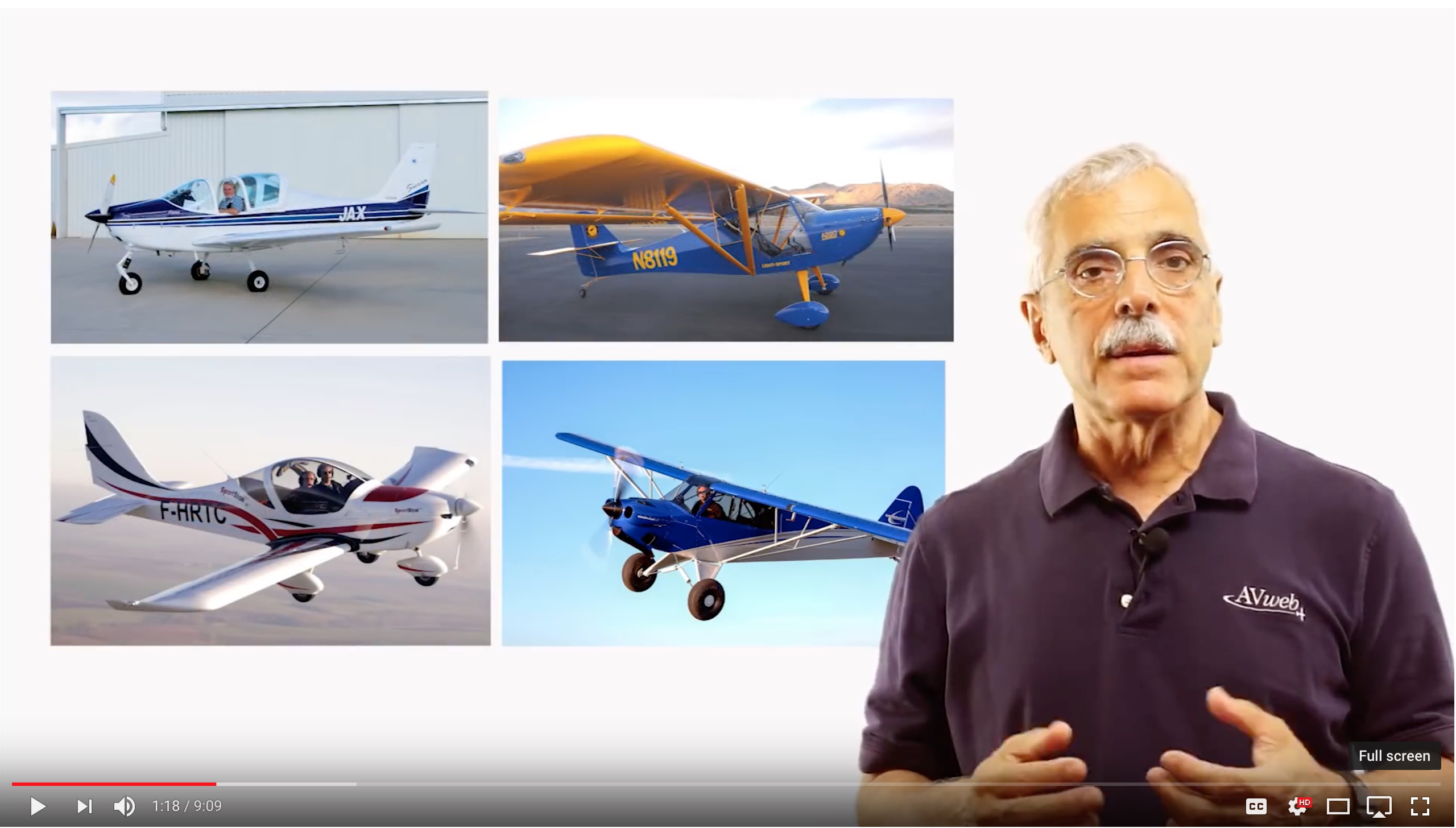 I have long held a view that Light Sport Aircraft (LSAs) are not, as many people seem to think, just less expensive ‘mini’ GA aircraft.
I have long held a view that Light Sport Aircraft (LSAs) are not, as many people seem to think, just less expensive ‘mini’ GA aircraft.
For a start, they are built to much tighter weight tolerances than typical GA aircraft and thus need careful maintenance to ensure that they remain airworthy. Don’t get me wrong – a correctly maintained LSA can have a life span of many many years – but alas, in Australia, quite a few LSAs are quite legally owner-maintained by people who do not really have the skills, experience or knowledge to do so….but that’s another rant.
More importantly, LSAs have quite different flight handling characteristics from typical GA aircraft. This starts with taxiing, where dyed-in-the-wool GA jocks often describe them as ‘squirrely’, through to take-off performance: what typical school GA trainer will take off in 4-5 seconds after applying power, as many LSAs will? In the cruise, the light wing loading of most LSAs (remember, the regulation requires a stall speed limit of 42 knots ‘clean’) is more susceptible to turbulence – although the great upside of most LSAs is that they are a lot more responsive (to some, ‘fun’) on the controls.
This responsiveness, however, can potentially cause problems when it comes to the approach and landing phase of flight. For a start, approach and landing speeds of most LSAs are around 50 knots or even slower, a speed which feels dangerous to many GA pilots. Come in faster and you’ll likely over-control, and/or float or balloon the aircraft, with potentially disastrous consequences.
To further expand our thinking, Paul Bertorelli of AVweb has made a great little video on the subject of accidents in LSAs, which you can view by clicking on the picture above or here: Why Light Sport Airplanes suffer so many crashes
Most of Paul’s statistics refer to the USA market but all of his comments apply to LSAs the world over. Enjoy the video!

That’s a good article, Peter, and I watched the linked video, which also was interesting.
Thanks always for your interesting posts,
Martin
Sent from Outlook: martin_cast57@hotmail.com ________________________________
Thank you Martin